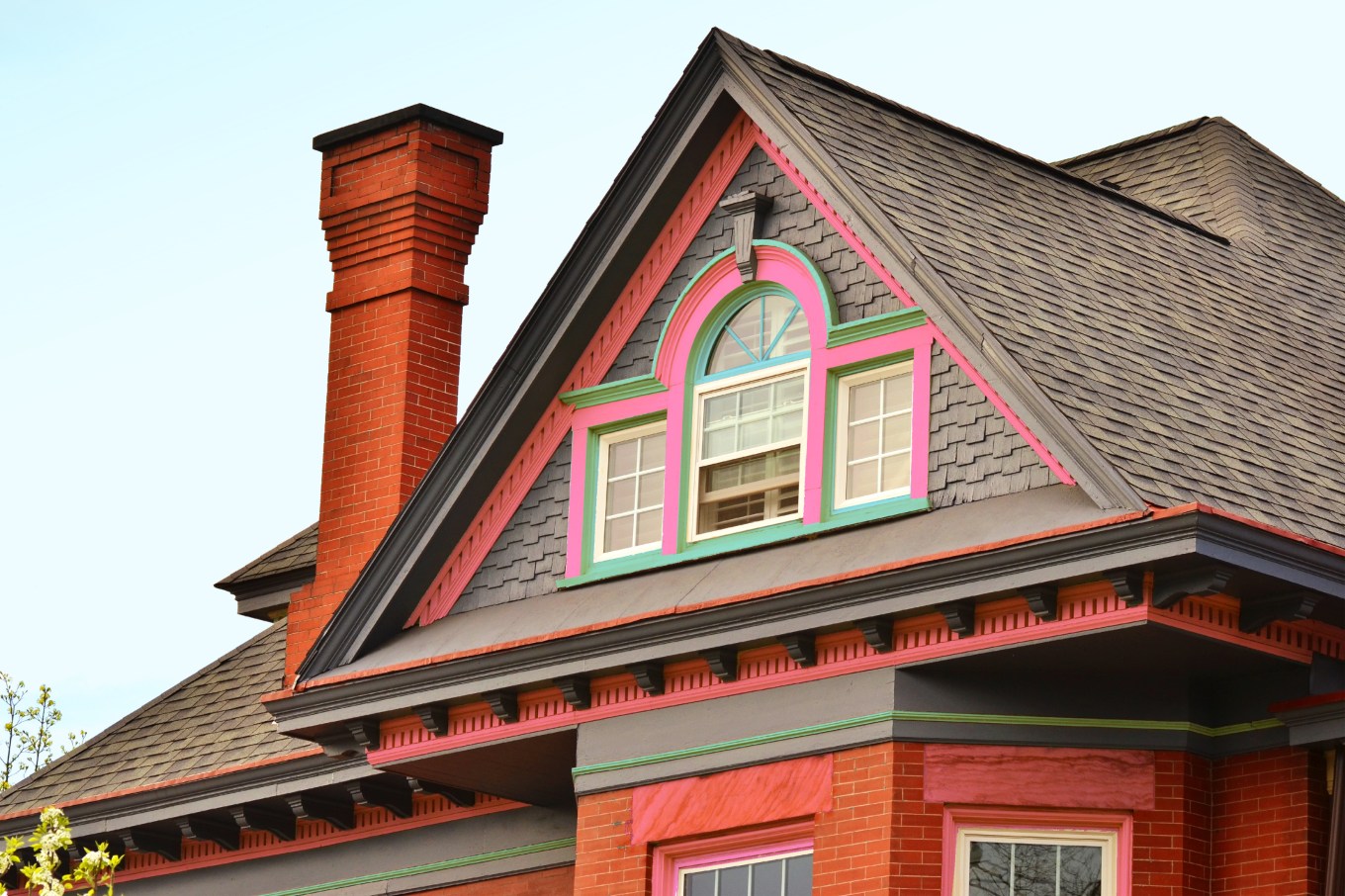A roof inspection is one of those preventive maintenance jobs that are easy to overlook. Don’t. Add an annual reminder on your calendar to go out on a warm day and address any roof problems you find.
If you’re squeamish about heights, don’t worry. You can do a thorough inspection from the ground using a pair of binoculars.
Experts recommend that homeowners check the roof from the ground only. They can spot obvious problems like missing shingles and missing granules.
Or, you can get up close and personal with your roof using a ladder. However, there’s no need to get up on your roof just yet. The less you walk around up there, the better for your roofing — and the safer for you. Work your way around your house, noting any potential problems.
Here’s a roofing inspection checklist:
- Cracked caulk or rust spots on flashing.
- Shingles that are buckling, curling, or blistering.
- Missing or broken shingles.
- Cracked and worn rubber boots around vent pipes.
- Missing or damaged chimney cap. (OK, that’s technically not part of your roof, but you’re looking anyway.)
- Masses of moss and lichen, which could signal the roof is decaying underneath.
- Black algae spores, which are spread by the wind, can land on a moist, warm roof that has asphalt shingles containing crushed limestone. The algae can then being growing. When the roof dries, the algae discolors. If the algae is left unchecked, it can cause the shingles to deteriorate and leak.
If you find piles of colored grit from asphalt roof tiles in the gutters, that’s a bad sign. Those sandlike granules cover the surface of roof shingles and shield them from the sun’s damaging ultraviolet rays. Check the age of your roofing and see if it’s nearing the end of its life cycle.
Doing Your Own Roofing Repairs
Replace any loose, damaged, or missing shingles immediately. Check for popped nails that need to be hammered back in place.
If you’re comfortable working on a roof, it’s not too difficult to replace shingles and caulk flashing yourself. Cost: $30 for a bundle of shingles, and $9 for roofing caulk. Allow a half-day to make a few shingle repairs.
Reseal with caulk any metal and vinyl flashing around chimneys, skylights, and attic vents that has separated. However, you’ll need to replace flashing and vent boots that are beginning to rust or deteriorate.
Paying for Professional Roof Repairs
Contact pro roofing companies and seek at least two bids for repair work. You can use a handyperson for minor fixes and possibly shave costs, but they should be bonded, have proof of liability, and have workers’ compensation insurance.
Here are some common repairs and costs:
- A few broken or missing shingles: $150 to $400.
- Large repairs (10-foot-by-10-foot section of roofing): asphalt, $350 to $1,000; wood, $500 to $1,500.
- Replacing flashing or boots around chimneys, skylights, and vents: $200 to $500.
Clearing Your Roof of Moss
Whether you take on a project like this depends on your risk tolerance and the pitch and general condition of the roof. Experts recommend hiring a professional roofing contractor to clean algae and moss from your roof.
Begin eradicating moss in the fall. Apply a moss killer intended for roofs (granules for lawn-use contain iron which will stain a roof).
In the spring, use a broom to remove remaining dead moss. Spread moss killer along the ridge of the roof and on any remaining green patches. Cost: $13 for moss killer to treat 3,000 square feet of roof. Allow about three hours to sweep the roof, clear the gutters, and apply the granules.
Finding Early Signs of a Roof Leak
A yearly roof checkup is great, but problems can occur at any time. Early signs of trouble include:
- Dark areas on ceilings
- Peeling paint on the underside of roof overhangs
- Damp spots alongside fireplaces
- Water stains on pipes venting the water heater or furnace
If you find worrisome signs, get a professional assessment, especially if the roof is old or there’s been a storm with heavy wind or hail. Some roofing companies do this for free. Hiring a specialized roof inspector who uses drone or infrared technology could cost as much as $600.
Related: How to Prevent Water Damage
Replacing Your Roof
If your roof is 15 years old or more, it may be due for replacement. The national median cost for a new roof is $12,000, according to the “Remodeling Impact Report” from the National Association of REALTORS®. You’ll recover a healthy 100% of that investment if you should decide to sell your home.
Not only that, but you’re bound to be glad you replaced your roofing. Homeowners polled for the “Remodeling Impact Report” gave their new roofing a joy score of 9.2 — a rating based on those who said they were happy or satisfied with their remodeling project, with 10 being the highest rating and one the lowest.
Related: Is It Time to Replace Your Roof? Or Will Repairs Do?
